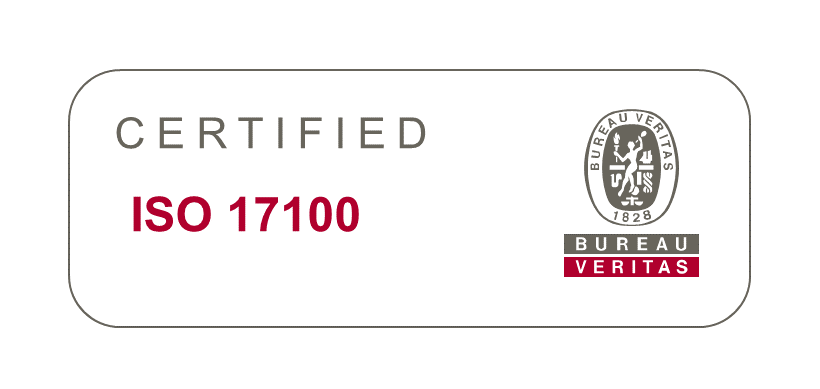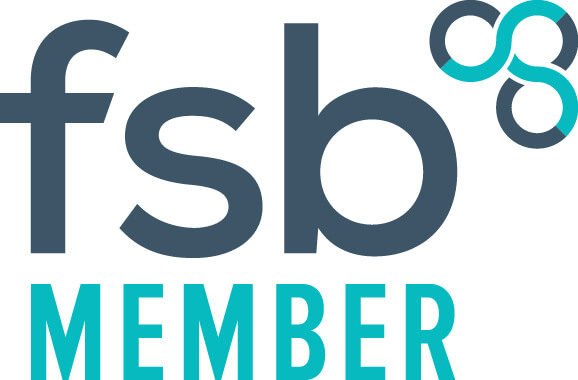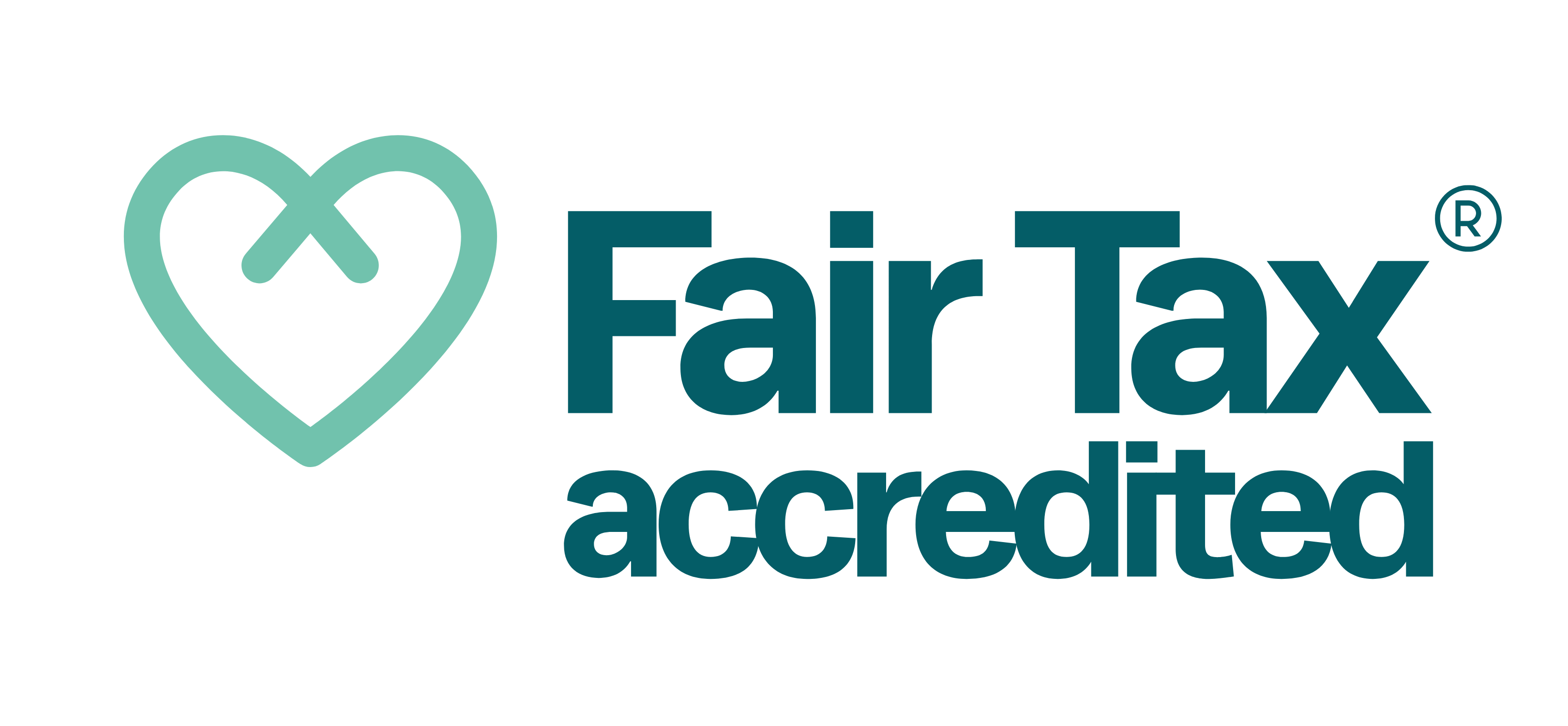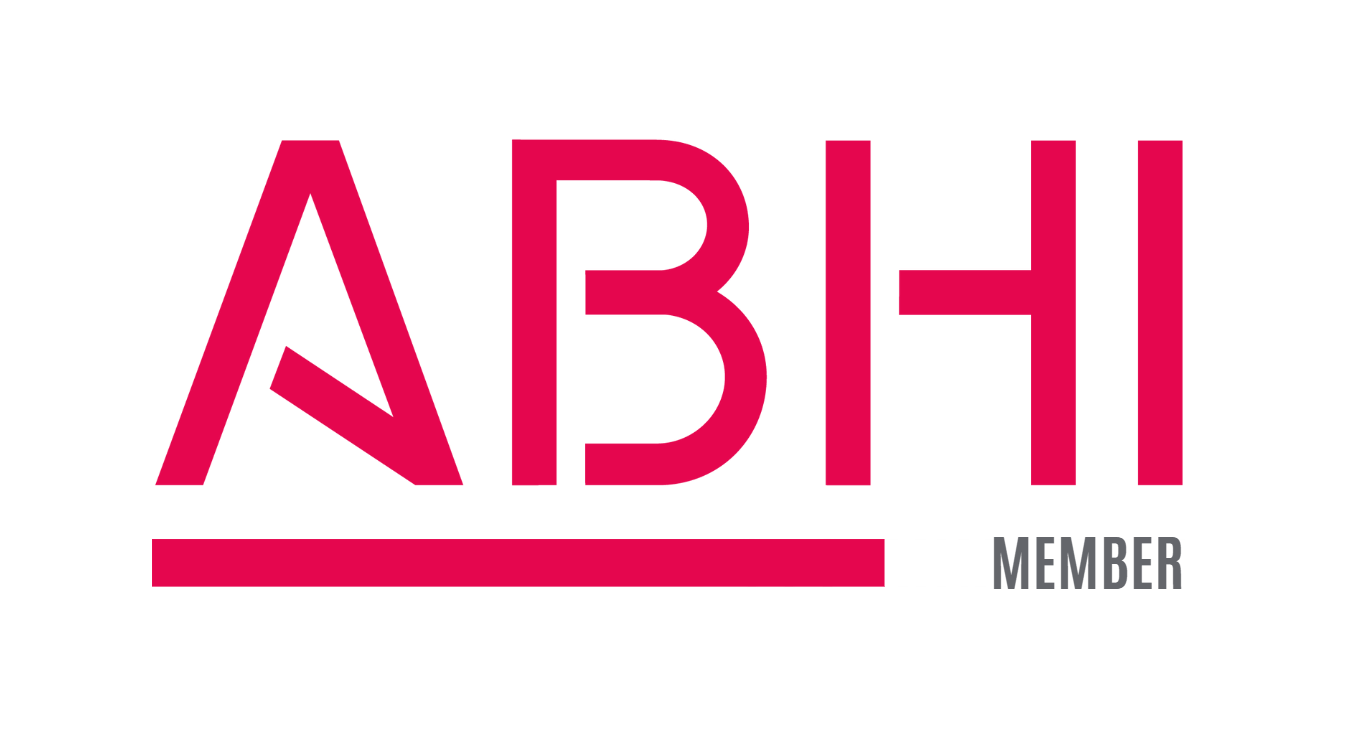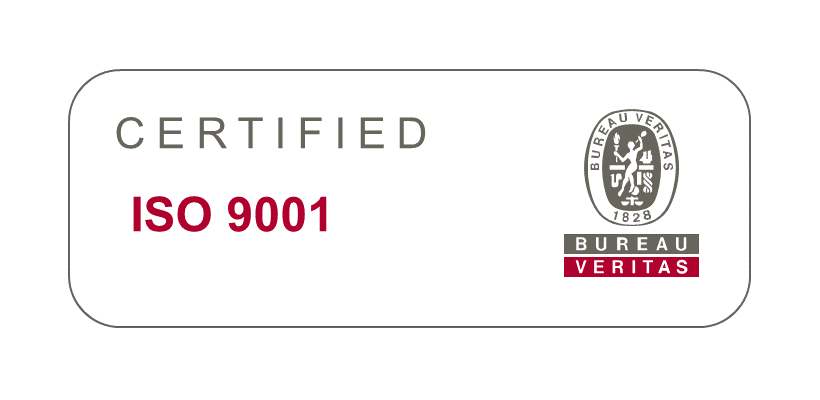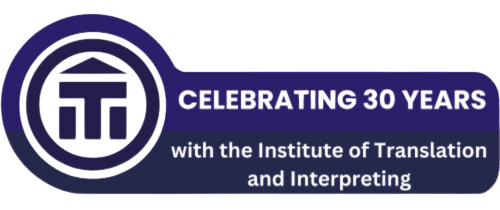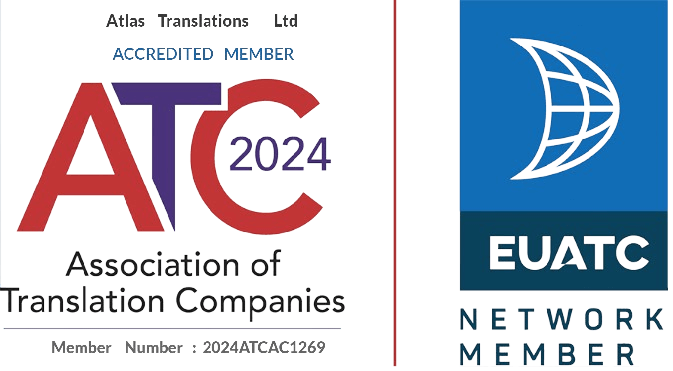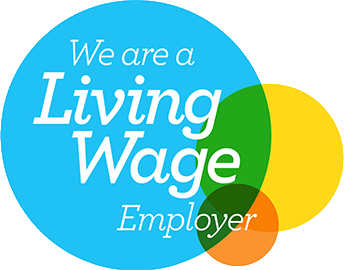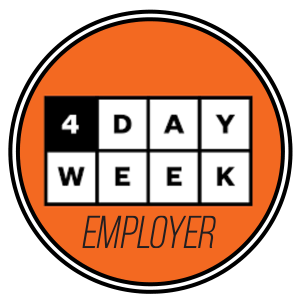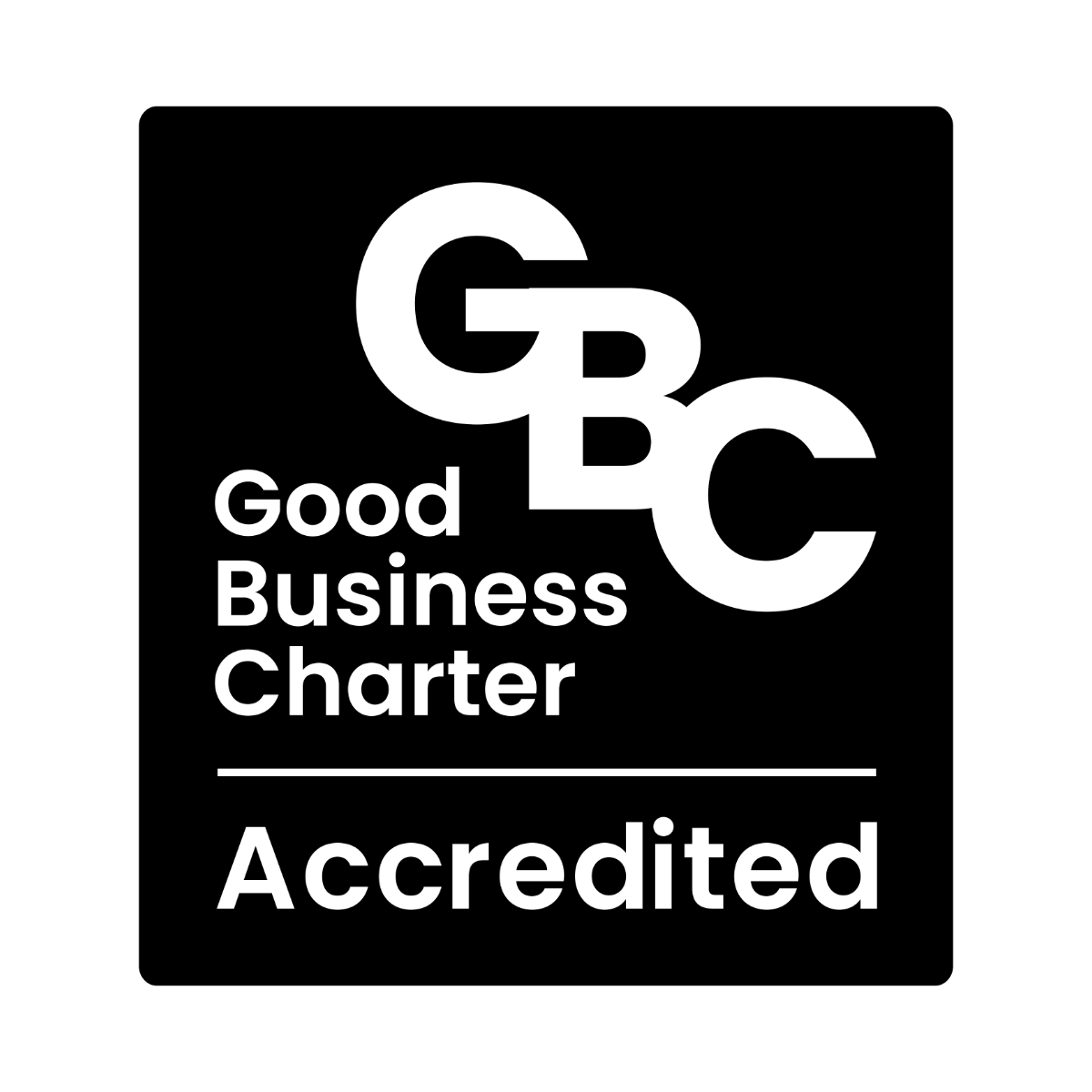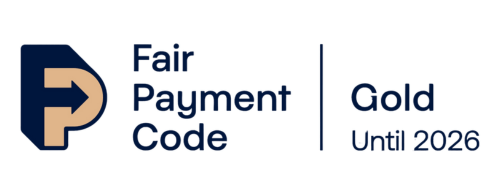Accessible for Everyone – Captions & Audio Description
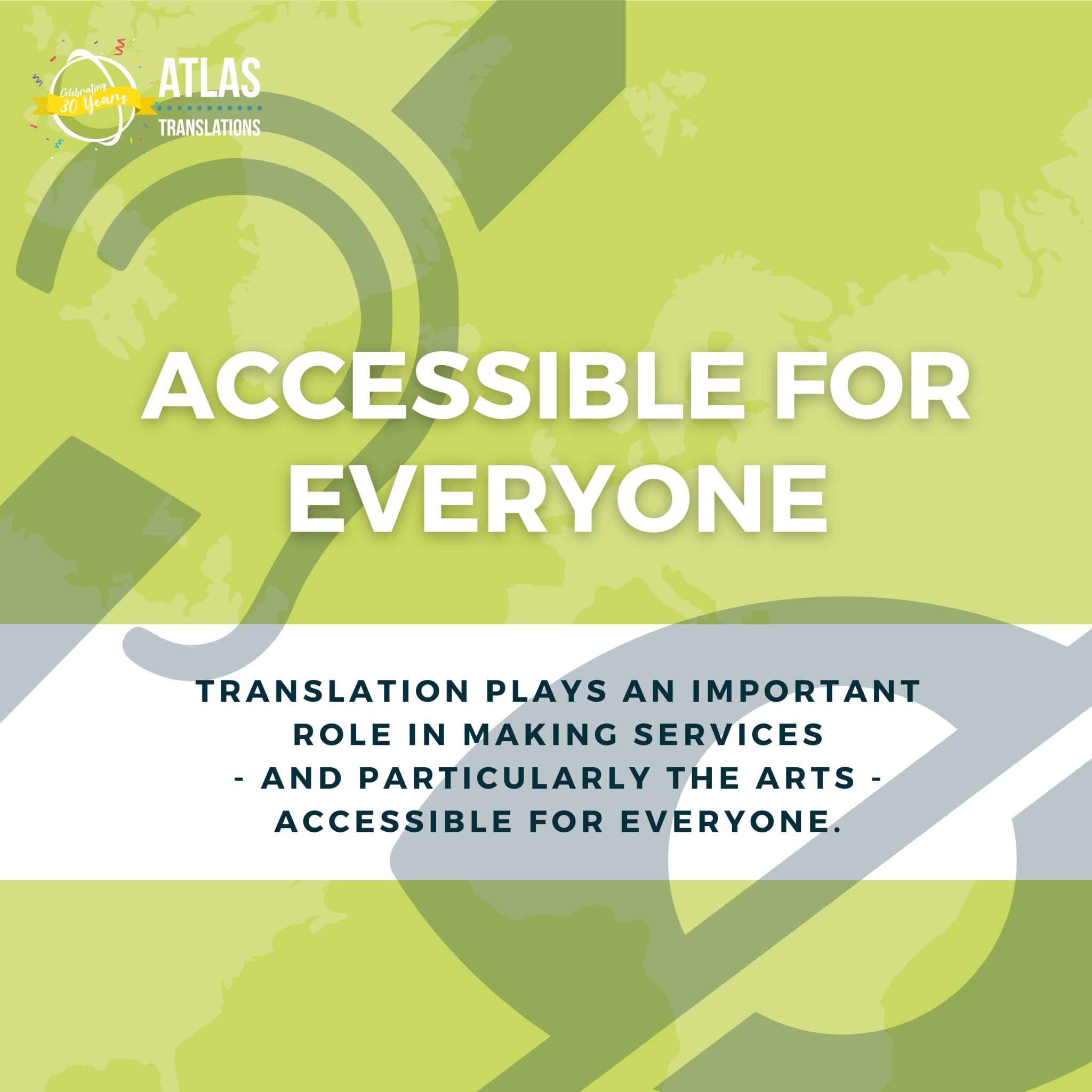
The art of translation opens doors to communicating with people from all over the world. While many of us associate translation with expressing ideas from one spoken language in the form of another, it is also an important tool in building new connections for disabled communities, and making services accessible for everyone.
Disabled communities are at the forefront of some of the most exciting new innovations in translation, with the aim of making cultural events such as theatres and museums more accessible for everyone.
Creating a better experience for all
While subtitles have been widely integrated into digital forms of visual media, live events have struggled to find accessible ways for people in the D/deaf community to get involved. Many have been limited to awkward delays or sidelined interpreters, with some lacking any equipment at all.
Strangely enough, it took a pandemic for many event spaces to start looking for serious alternatives to traditional live performances. With everyone stuck inside, theatres and museums found new ways of making the arts accessible for everyone.
Closed captions display all the sounds that are part of a show or performance as text – this can include things such as action noises, music, and background sounds. Developing methods of making these sounds accessible in live performances enables event spaces to become a better experience for everyone. This has been achieved through technology such as visible screens displaying information in real-time.
Integrating accessibility for everyone into performance
Accessibility for all is a central message for many of the organisations making groundbreaking strides in this area of translation. Altering the way in which we engage with the arts can allow us all to gain new perspectives, making it a richer and more exciting experience.
Another area which has seen major changes since the start of the pandemic is audio description. Primarily aimed towards blind audiences, audio description provides information about important visual aspects of a performance or exhibit. Unfortunately, much of this has been restricted to bulky headsets, which can often be expensive.
One of the most innovative methods of making the arts more accessible is integrating audio description into a live performance or event. In theatrical productions, this can take the form of narration mixed with purposeful commentary, enabling all audience members to engage with the performance in a more interactive manner.
Accessibility in translation
The translation industry can help to pioneer many of the most exciting accessibility innovations in the arts. At Atlas Translations, we offer a wide range of services that can cater to accessibility needs. These include services such as subtitling and audio and video transcription. Get in touch with us today to learn more!

